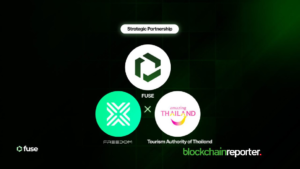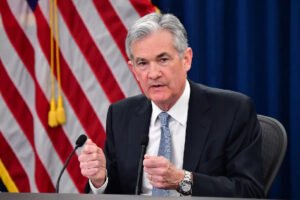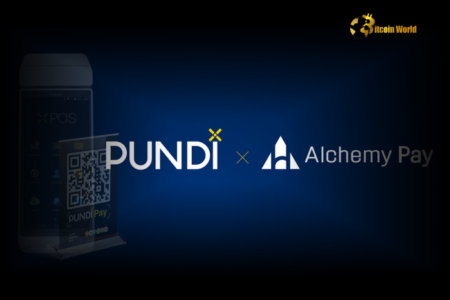Hong Kong Monetary Authority has partnered with the Bank of Thailand and Banco Central do Brasil to advance cross-border tokenization projects under collaborative initiatives.
Hong Kong‘s financial watchdog, the Hong Kong Monetary Authority, has partnered with the central banks of Thailand and Brazil to explore cross-border tokenization projects in an effort to develop use cases in areas such as trade finance and carbon credits.
In Monday two separate press releases on Oct. 28, the HKMA said the collaborations will focus on developing use cases for tokenized assets under ongoing projects aimed at enhancing financial technology integration across borders.
You might also like: Hong Kong considers tax break on crypto investments and using AI for finance
Both institutions will build a proof-of-concept to explore the “interoperability of new distributed ledger technology integrated financial market infrastructures,” officials said.
“Expanding our partnership to explore cross-border tokenization use cases further underscores this shared vision.”
Howard Lee, deputy chief executive of the HKMA
Under the agreement with the Bank of Thailand, the HKMA will link its Ensemble Sandbox with the BOT’s Project San to test Payment versus Payment and Delivery versus Payment settlements. The initiatives will cover trade payments, carbon credits, and other tokenization use cases, the press release reads.
Meanwhile, the HKMA’s collaboration with the Banco Central do Brasil will connect the Ensemble Sandbox with Brazil’s Drex pilot platform to conduct similar experiments. The Drex pilot, launched earlier in September, is part of Brazil’s effort to develop a tokenized financial market, and involves over 70 companies exploring themes such as trade finance and green finance.
Per the press release, the HKMA and BCB plan to conduct cross-border experiments linking their central bank digital currency infrastructures to enhance PvP and DvP settlements.
Read more: Hong Kong’s SFC set to approve batch of new crypto licenses by end of year
Read the full article here










